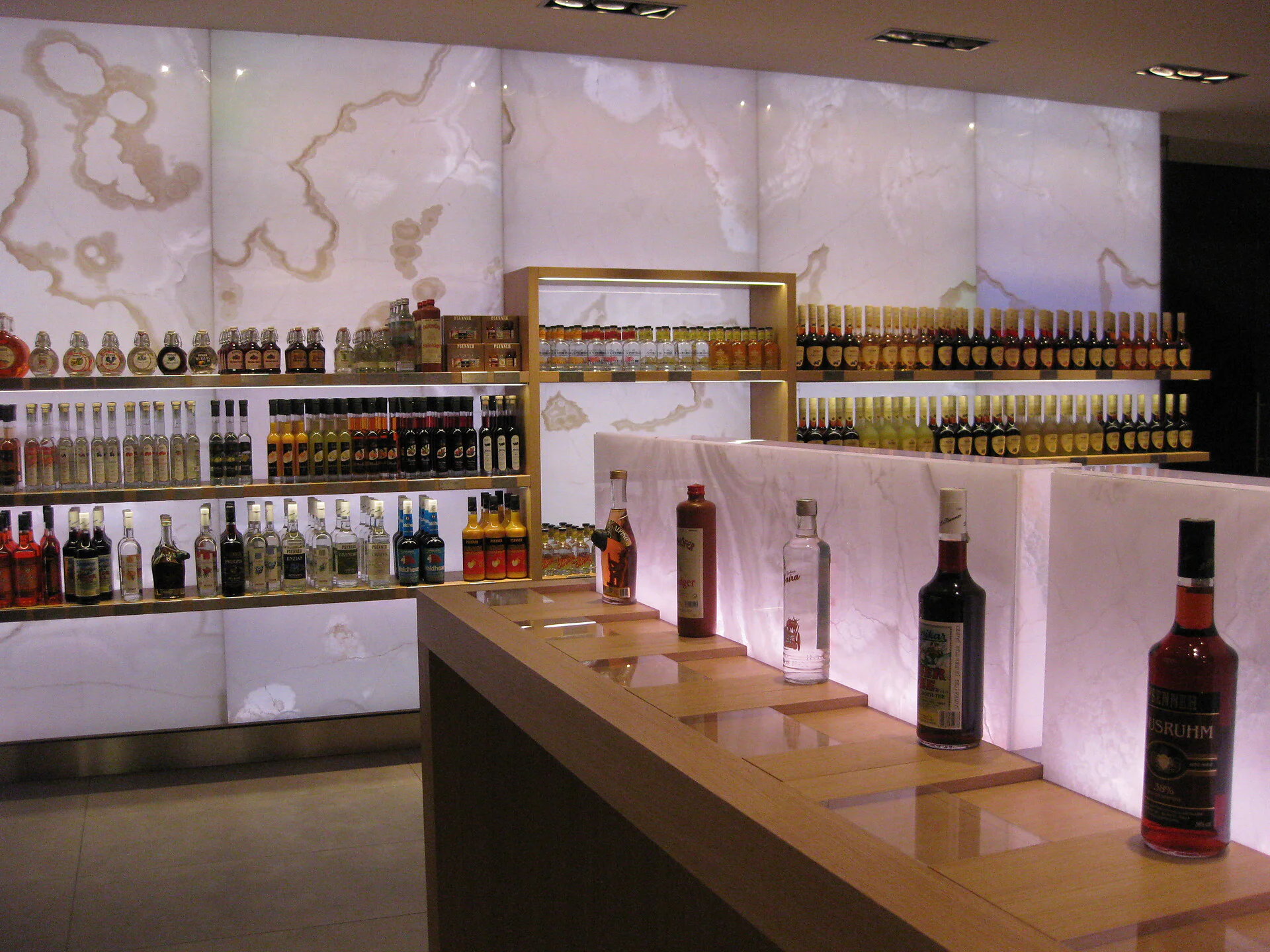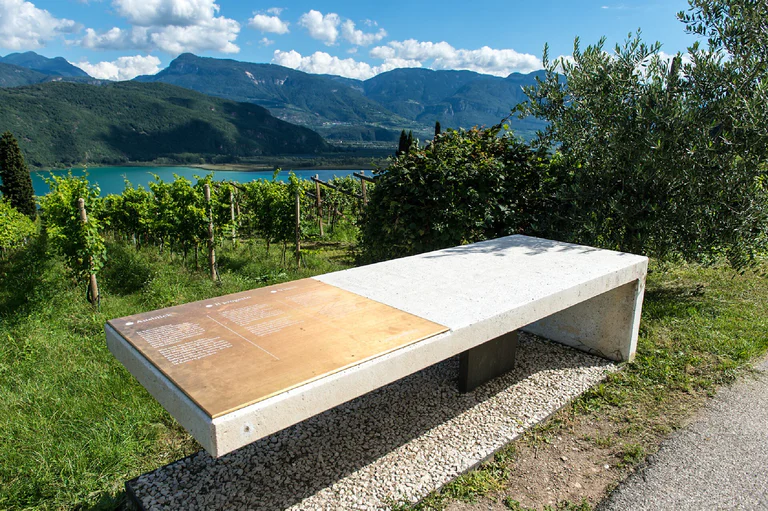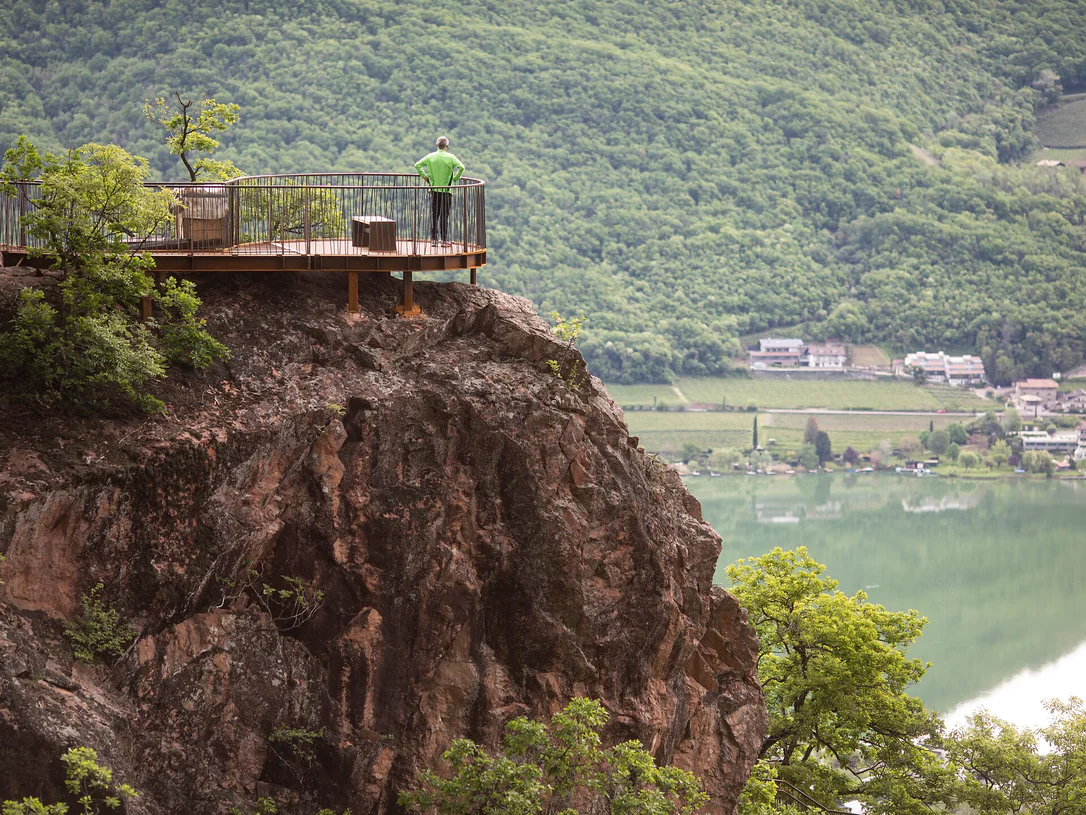The little St. Joseph Church in Ronchi - “Kirche St. Joseph in Rungg” in German, “Chiesa di San Giuseppe a Ronchi” in Italian - is, compared to the other churches in the surroundings of Lake Caldaro, a more recent construction. The building was planned in 1900 by Ferdinand Mungenast, an Austrian architect, who designed also other significant buildings in Bolzano and the Oltradige area, such as the Grandhotel d’Appiano or the St. Joseph Church in Frangarto. Seven years after its edification in 1901, the St. Joseph Church was embellished with a steeple.
Nowadays, the sacred building presents itself with a two-bay groined vault, a polygonal choir termination and a church tower with a pointed spire. In 1977 the church was placed under monumental protection. Worth seeing are above all the artworks by Ferdinand Stuflesser (1855 - 1926), a famous sculptor from the Val Gardena valley in South Tyrol: the altar with the statues of St. Joseph with Jesus the child and St. Francis de Sales, patron saint of writers and deaf people, as well as St. Teresa of Ávila, also called Saint Teresa of Jesus, the national patron saint of Spain.
Above the church entrance there is the statue of St. Anthony of Padua, venerated as the patron saint for the recovery of lost items. It is located in the hamlet of Ronchi (Rungg), which can be found along the South Tyrolean Wine Road after the centre of Termeno and before the wine village of Cortaccia. Also the public bus stops there.
























































